Yamaha, traditionally known for using the crossplane inline-four engines since the start of the MotoGP era, has confirmed it is shifting focus to developing a V4 engine.

Subscribe to our Telegram channel for instant updates!
Yamaha, a long-time proponent of inline four-cylinder engines in MotoGP, has officially announced the development of a V4 powerplant, signalling a significant shift in the Japanese manufacturer’s racing philosophy.
Lin Jarvis, Managing Director of Yamaha Motor Racing, confirmed the news during an interview at the Emilia Romagna MotoGP, indicating the transition away from the inline-4 engine, a hallmark of Yamaha’s racing heritage.
“Regarding the rumours about the V4 which we’ve read recently in the media: it’s true,” he said. “I can confirm that we are busy developing a V4 powerplant.”
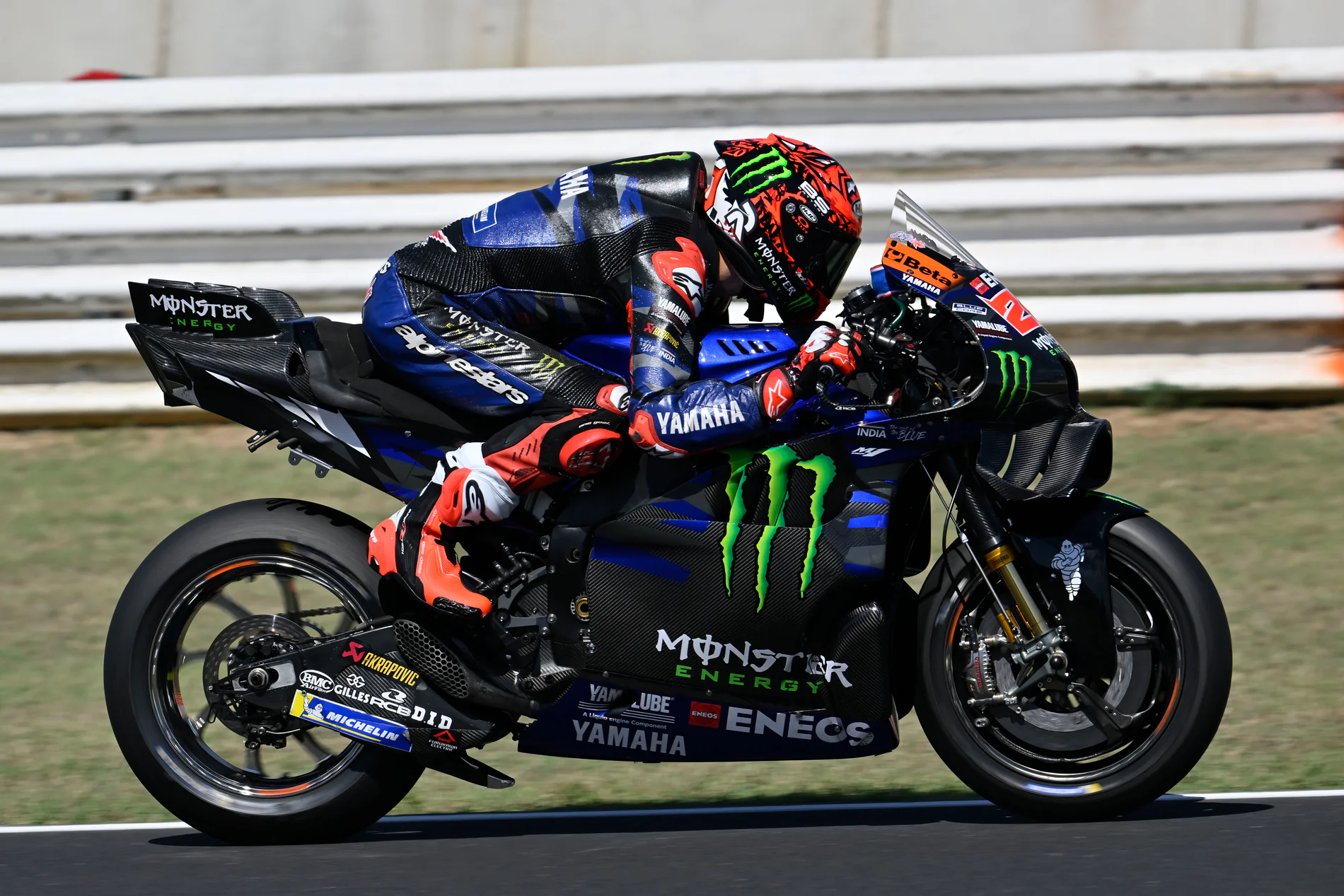
The move follows Suzuki’s departure from MotoGP in 2022, leaving Yamaha as the last team using inline-four engines. Yamaha has traditionally favoured this configuration for its smooth power delivery and exceptional corner speed, traits that have defined its MotoGP success.
However, the rise of aerodynamics in recent years has changed the game, with V4 engines offering greater top speed and the ability to handle drag-inducing downforce, giving rivals a competitive edge.
“We have been the only manufacturer left with an inline-four engine, and while it has plenty of potential, the dominance of V4 engines among our competitors has pushed us to start developing our own,” said Jarvis. “We made the decision some time ago, and as we approach the 2027 regulation changes, it’s crucial for us to explore the potential of the V4 versus the inline-four.”

The V4 project is part of Yamaha’s broader strategy to regain competitiveness after struggling to keep up with European manufacturers in recent seasons. Fabio Quartararo, Yamaha’s last MotoGP champion, acknowledged that the team has been aware of the V4 development for some time, adding that Yamaha’s recent restructuring and engineering changes have set the stage for this new era.
While the exact debut of the V4 engine remains uncertain, Yamaha is considering an early introduction ahead of the 2027 regulation shift, which will see a reduction in engine capacity from 1000cc to 850cc. Jarvis hinted that the team might need to sacrifice a season’s performance to ensure the new engine is fully dialled in before the rule change.
Yamaha’s ability to modify its engines throughout the season due to its current concession status gives it flexibility in the development timeline. The team could begin the 2025 season with its evolved inline-four engine before switching to the V4 when ready. This flexibility contrasts with Ducati, Aprilia, and KTM, who must homologate their engine designs at the start of each season.
The addition of riders with V4 experience, including Miguel Oliveira and Jack Miller, who will join Yamaha’s new Pramac satellite team, is expected to accelerate the development process. Both riders have won MotoGP races on V4-powered machines, bringing valuable insight to Yamaha as it makes this significant shift.
Despite the switch to a V4 engine from its glorious-sounding crossplane motor, Yamaha is aware that the change won’t be a silver bullet for its current challenges. The M1 has also been criticized for lagging in areas like aerodynamics and electronics compared to its European rivals. However, the introduction of the V4 marks a crucial step in Yamaha’s efforts to return to the top of the MotoGP field.
Yamaha’s transition to a V4 engine is now underway, and with the 2027 regulation changes approaching, the key challenge ahead will be how the Japanese manufacturer adjusts to this new chapter in MotoGP racing.



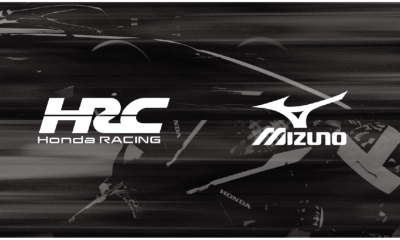
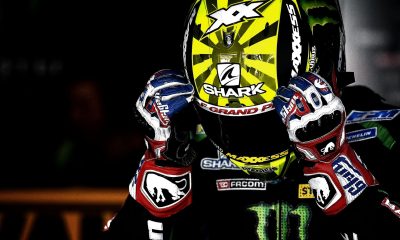

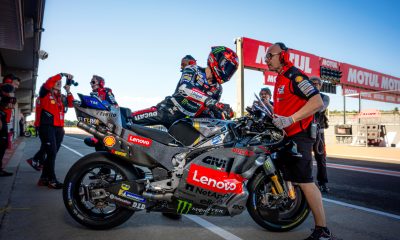

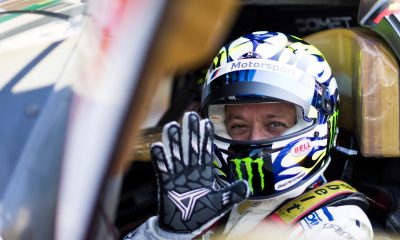
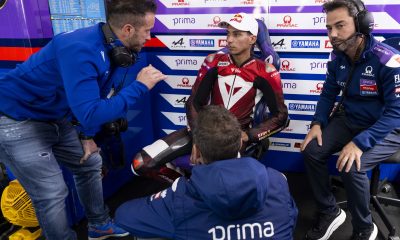
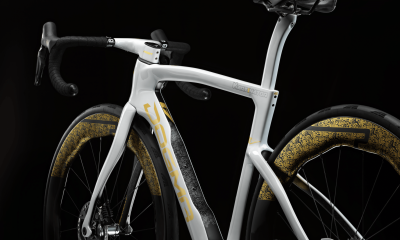
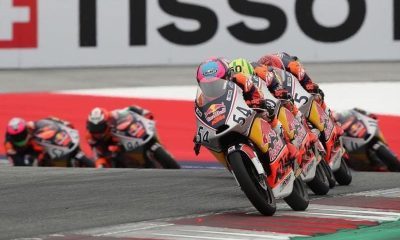
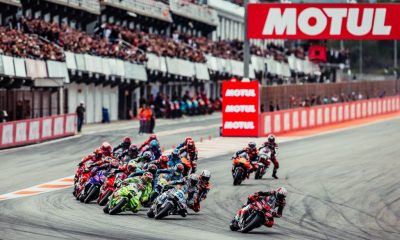


















Facebook
Instagram
X (Twitter)
YouTube
LinkedIn
RSS